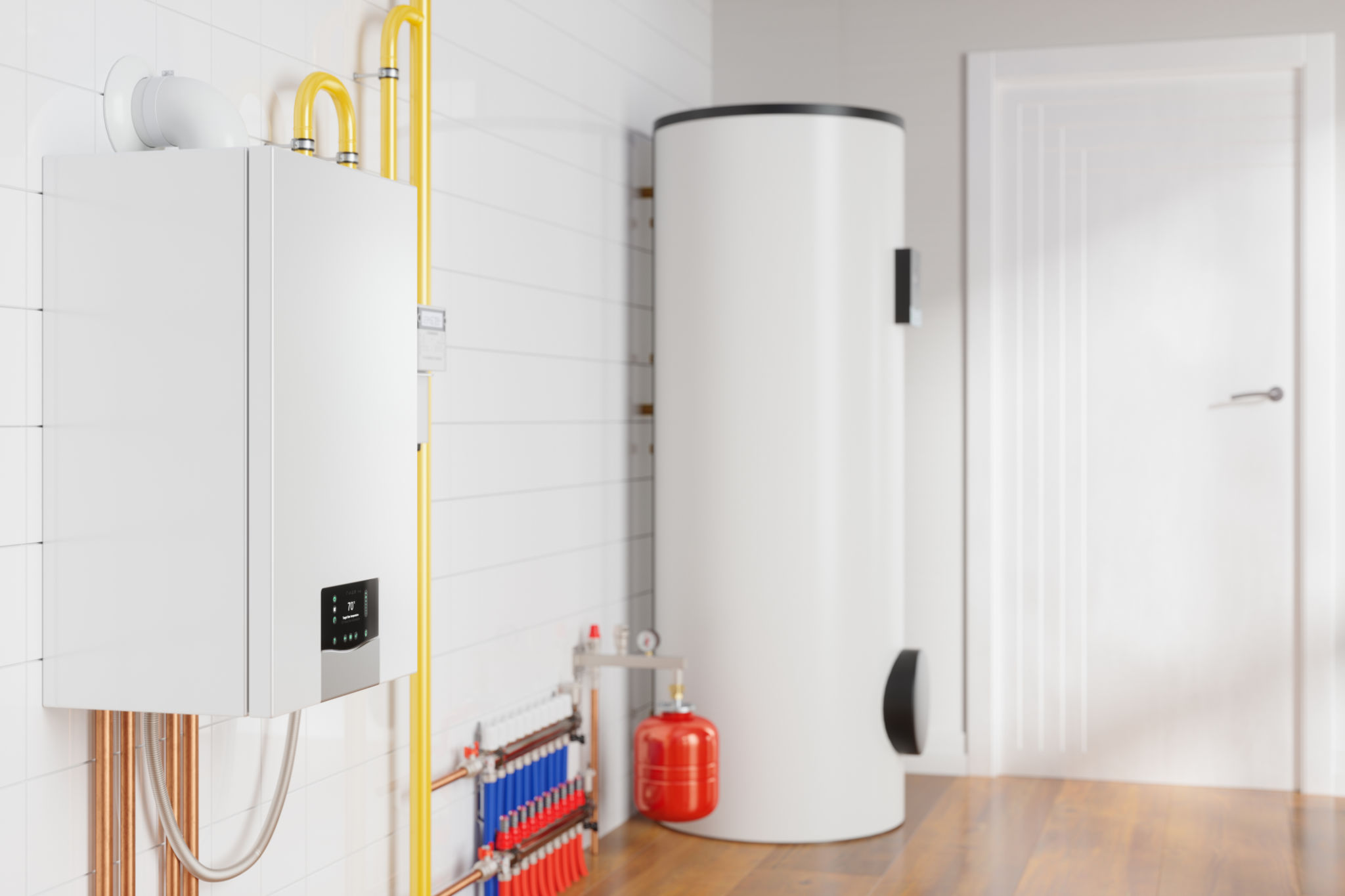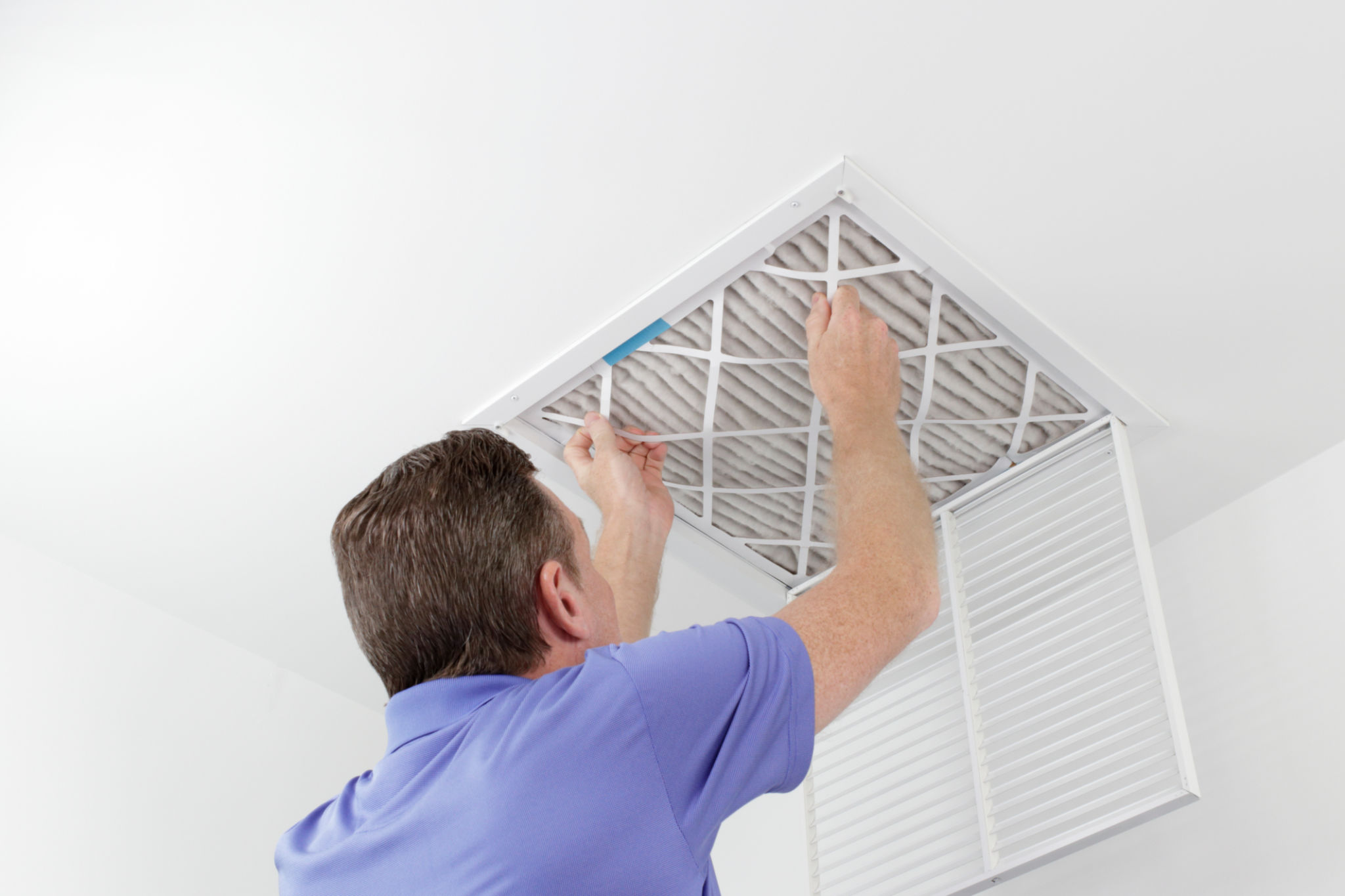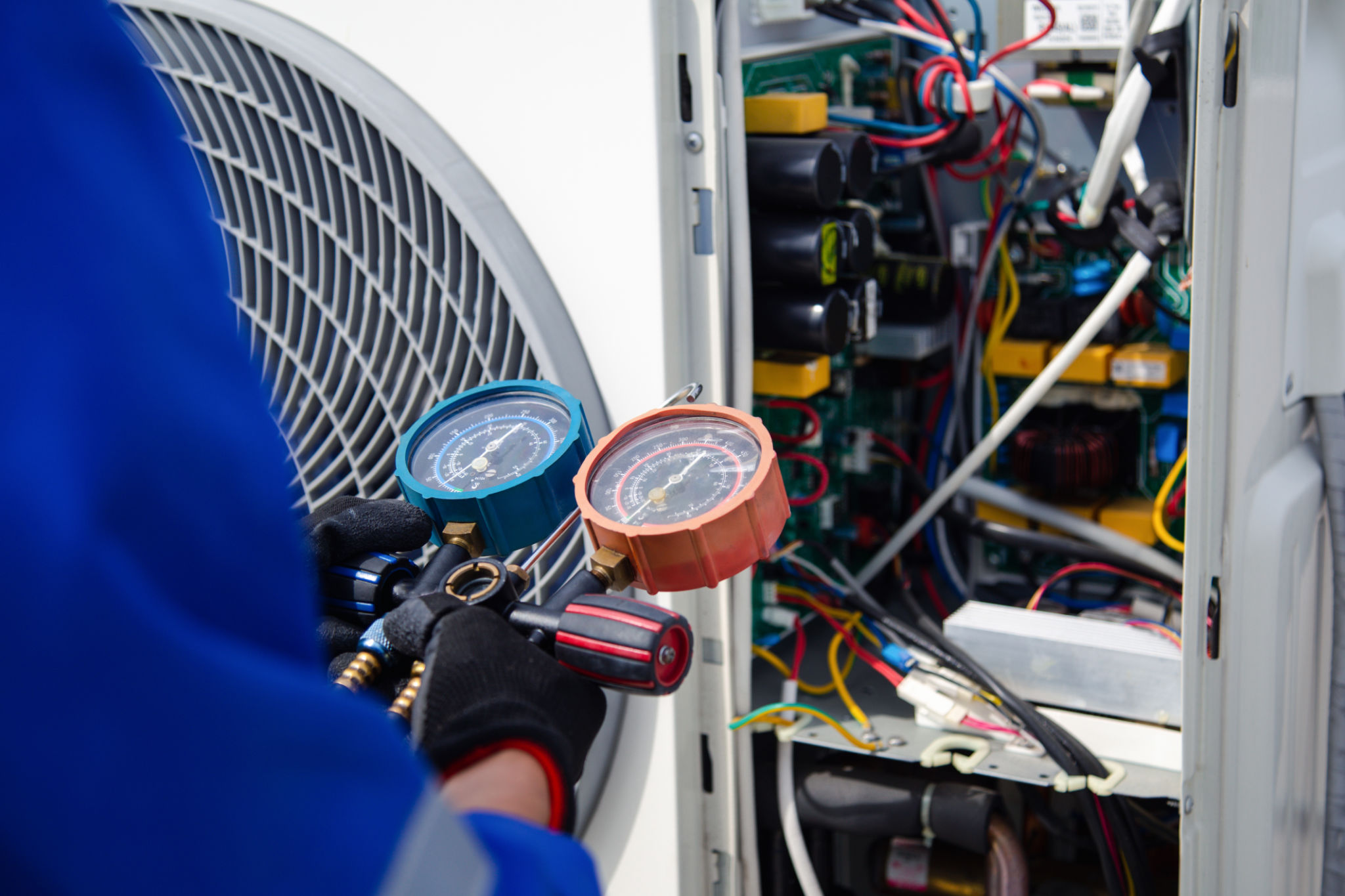DIY Heating Maintenance Tips for Standish Homeowners
Understanding Your Heating System
As a Standish homeowner, keeping your heating system in good working order is essential for those chilly winter months. Understanding the basics of how your system operates can significantly aid in its maintenance. Typically, homes in Standish use either a furnace or a boiler. Furnaces heat air and distribute it through the house via ducts, while boilers heat water for radiant or baseboard heating.
Knowing the type of system you have is the first step to effective maintenance. Regular upkeep can enhance efficiency and prolong the system’s lifespan, saving you money in the long run.

Regular Inspection and Cleaning
One of the most straightforward DIY tasks is conducting regular inspections and cleaning. Dust and debris can accumulate in your heating system, reducing its efficiency. Start by inspecting the air filters; these should be cleaned or replaced every one to three months depending on usage. A clean filter ensures better airflow and reduces strain on the system.
Additionally, clean the vents and registers to prevent blockages. Ensure that furniture or other objects are not obstructing them, as this can impede airflow and force your system to work harder than necessary.

Checking the Thermostat
Your thermostat is the control center for your heating system, so it's crucial it functions correctly. Make sure it's set to the right temperature and mode. If it’s programmable, check that the schedule aligns with your routine. This not only maximizes comfort but also saves energy.
If you suspect your thermostat is malfunctioning, consider upgrading to a smart thermostat. These devices offer enhanced control over your heating system, allowing for adjustments even when you're not home.
Inspecting Ductwork and Pipes
For homeowners with forced-air systems, ductwork plays a critical role in distributing warm air throughout the home. Inspect ducts periodically for signs of leaks or damage. Sealing any gaps with duct tape or a sealant can improve efficiency and reduce energy bills.
Homes with boilers should also inspect exposed pipes. Insulating these pipes can prevent heat loss and improve the system's efficiency. This is especially important in unheated spaces like basements or attics.

Bleeding Radiators
If your home uses a radiator system, you may need to bleed them occasionally to ensure efficient operation. Air bubbles can become trapped inside radiators, hindering their ability to heat properly. Bleeding involves releasing this trapped air, allowing water to flow freely and radiators to heat evenly.
This process is relatively simple: use a radiator key to open the valve slightly until water starts to come out, then close it immediately. Remember to place a cloth or container beneath to catch any drips.
Tuning Up Your Heating System
Consider scheduling an annual tune-up with a professional technician. While many maintenance tasks are DIY-friendly, some require expert knowledge. A technician can perform a comprehensive check of your system, cleaning burners, checking gas connections, and ensuring safe operation.
Regular professional maintenance can catch issues before they become major problems, ensuring your heating system operates efficiently and safely throughout the winter months.

Conclusion
Maintaining your heating system doesn't have to be daunting. With these DIY tips, Standish homeowners can keep their systems running smoothly and efficiently all winter long. Regular inspection, cleaning, and minor adjustments can make a significant difference in performance and longevity. For more complex tasks, don't hesitate to call in a professional to ensure everything is in top condition.